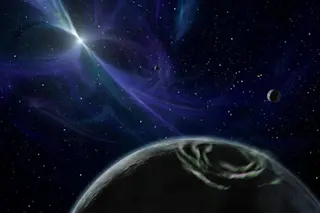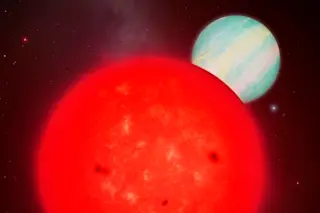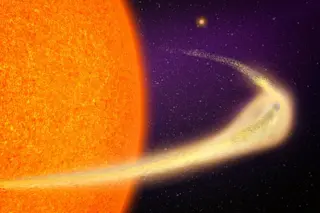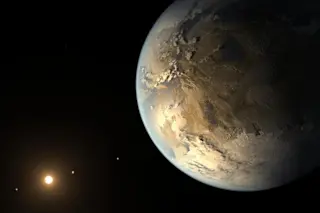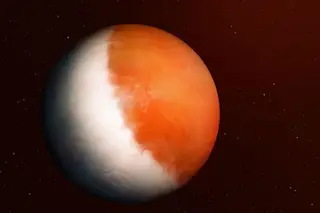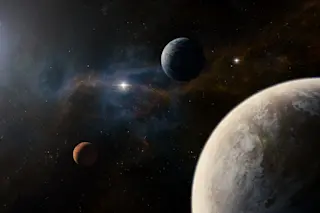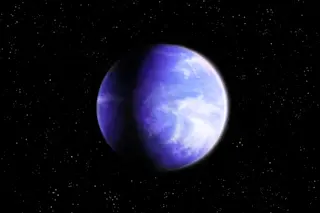In 1992, astronomers discovered the first exoplanet, or planet outside our solar system. But it didn’t come in any form they’d really anticipated.
Neutron stars are the second densest type of object in the universe outside black holes. They form when a giant star dies and explodes outward as a result of the collapse of its core. Put simply, the star becomes too massive to go on and expels all its energy into the surrounding space. The core is a sort of ground zero of this detonation. When that core collapses, depending on the size of the star, it becomes either a neutron star or a black hole.
Some neutron stars are called pulsars, for the regular “pulses” they give off in radio frequencies. Think of many of them like a drummer — fast regular beats. Some pulsars, called millisecond pulsars, “drum” so fast that it would put Napalm Death’s ...


